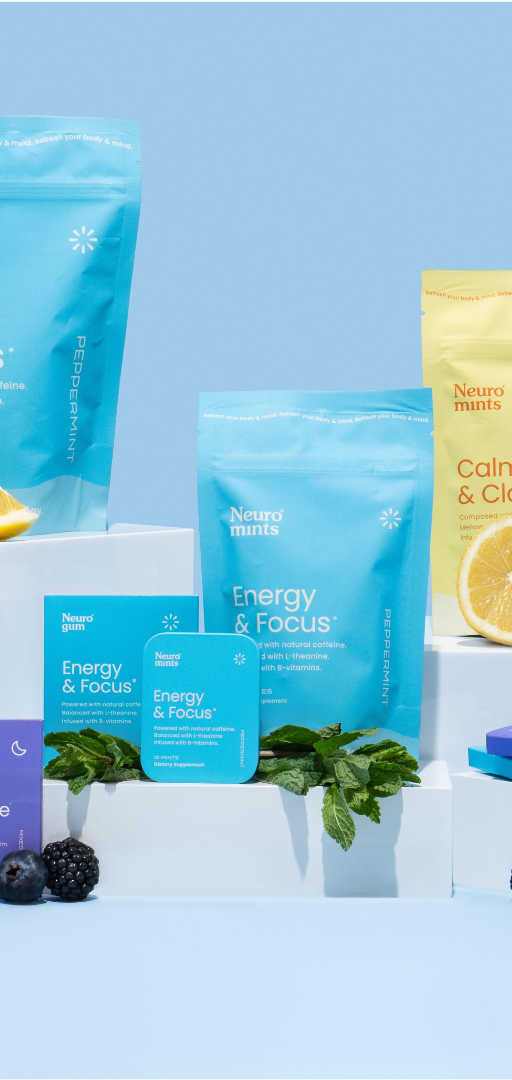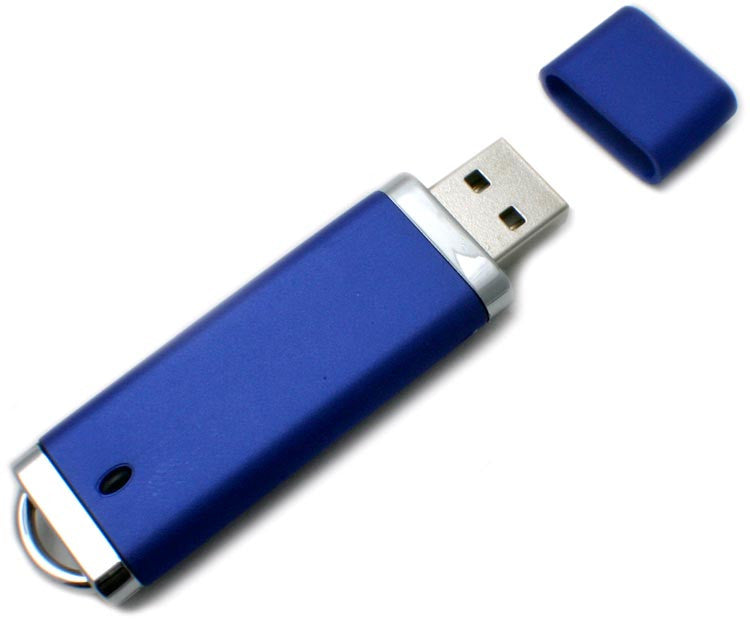The size of files is growing with the quality of our images and videos, and the size of thumb drives grows alongside it. The old thumb drives get cast aside because they just can't hold enough information to be worth carrying around.
Before you consider getting rid of those older and smaller thumb drives, consider turning them into a portable arcade, or a Windows Utility Kit, or pick up a new FIDO thumb drive and create a physical key to access your Gmail.
These "small" thumb drives are often capable of more than you'd imagine, simply because we think in terms of how many and how large of files they can carry. However there are plenty of powerful programs out there that are tiny enough to fit on these drives. Here are five of our favorite projects for them.
Build a Compact Time Capsule
Time capsules have been nearly forgotten over the years, but the habit of compiling your favourite pieces from the year and storing them somewhere to be rediscovered later can be a rewarding and nostalgic one.
For this project, snag up a smaller thumb drive, and load it up with your favorite photos from the year, and the songs you couldn't stop listening to. Things you wrote, emails you received that really meant something. Voicemails you don't want to forget. Remember to stick to only one year. Load them all into that thumb drive, put the thumb drive into a Ziploc bag, put that plastic bag into an altoid tin, and hide it in a tree stump in your backyard, or bury it in the garden (be sure to mark its location with a sign or a rock, marking the year).
Repeat the process yearly, and in ten years, go back and open up your first. Relive the memories.
Set Up a Portable Operating System
If you don't already use Linux, there are several compelling reasons to start. Basically Linux is an operating system that is incredibly lightweight and can run on even very old computers. If you have a version you can carry around in your pocket you can use it to browse the internet without leaving tracks on a public computer. Or you can use it to troubleshoot a Windows PC that isn't booting properly.
Because it's so small, it's perfect for loading up onto a modest USB drive. Puppy Linux has a guide to getting started easily so you can turn your thumb drive into a mobile Linux solution in no time. You only need 100 MB of space for a basic one, or 256 MB for one loaded up with OpenOffice.
Make a Portable or Permanent Arcade
If the previous reasons weren't enough to make you want to load Linux onto a thumb drive, this could be the kicker. Some lovable genius came up with a build of Puppy Linux specifically built to play all of your old favorite Nintendo and Super Nintendo games. Oh and also Sega Genesis and Atari and NeoGeo and games from old arcade machines and MS-DOS and... well the list goes on.
The bigger the thumb drive, the more arcade games you can fit onto the thing. Just pick up a USB controller from Amazon, track down some ROMs (old game files) and you're ready to get into some retro gaming action.
If you have an old and unused computer or laptop lying around the house, you can consider permanently turning it into an arcade machine so it can get some use instead of gathering dust.
Get started on building your own USB arcade
right here, and learn how to build a cabinet for the full experience
here.
Create a Powerhouse Windows Utility Kit
128 MBs sounds like nothing in terms of storage, but that thumb drive can fit a portable version of Firefox, a better version of Windows Notepad, a password manager, a lightning quick NTFS file indexer, virus protection, and a handful of other handy utilities.
Lifehacker has compiled a great list of things you can do with thumb drives that are 128, 256, or 512+ MBs, and once you have created one of these, you can copy the contents over to another thumb drive super quickly, and hand them out to friends.
Build a Physical Key for Your Gmail
For this last one you aren't likely to have a thumb drive just lying around that'll work, but if you need to know that your Gmail is secure, this is a slick way to do it that turns the thumb drive into a physical key that must be inserted into the computer in order to access your mail.
First step is to head over to Amazon and pick up a FIDO U2F compatible USB (you can find them for as little as $6). Then you'll need to enable two step verification if you haven't already. From the Account Portal you need to select "Add Security Key". You'll then be walked through the process of setting up your brand new USB Gmail key.
There's no need to toss out your old USBs just because they can't hold Bluray quality films. Try out our USB thumbstick projects and put those babies to use again. Tell us about your thumb drive projects in the comments below!


























